Understanding Extruded Aluminum Heatsinks
Extruded aluminum heatsinks are essential components in thermal management, widely utilized in various industries to dissipate heat from electronic devices and machinery. The process of extrusion allows these heatsinks to be crafted in complex shapes, enhancing their heat dissipation efficiency by increasing surface area.
Types and Applications
Extruded aluminum heatsinks come in diverse forms, catering to a multitude of applications. From simple flat-back fin structures to intricate geometries, they serve critical roles in electronics, LED lighting, automotive systems, and more. Their versatility makes them suitable for passive heat dissipation in CPUs, GPUs, and power transistors.
Material and Features
The primary material used in extruded aluminum heatsinks is an aluminum alloy, often in a temper range of T3 to T8, which strikes a balance between ductility and strength. Features such as thermal conductivity and malleability are intrinsic to aluminum, making it an ideal choice for effective heat dissipation.
Surface Treatments and Advantages
Surface treatments like anodizing, electrophoresis, and powder coating are applied to extruded aluminum heatsinks to enhance their corrosion resistance and aesthetic appeal. Anodizing adds a protective layer, while electrophoresis provides a shiny finish, and powder coating offers a variety of color options without compromising the heatsink's functionality.
Environmental and Economic Benefits
Extruded aluminum heatsinks are not only effective in performance but also offer environmental benefits. Aluminum is recyclable, reducing the carbon footprint associated with heatsink production. Economically, their durability and low maintenance requirements make them a cost-effective solution over time.
Selection and Customization
When selecting an extruded aluminum heatsink, it is crucial to consider the application's specific thermal management requirements. The extrusion process allows for a high degree of customization, enabling the creation of heatsinks that meet precise specifications without significant cost increases.
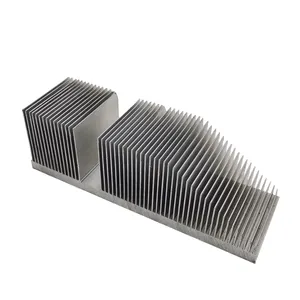
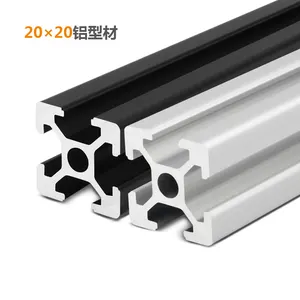

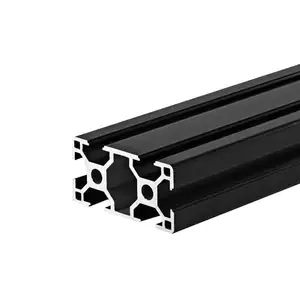









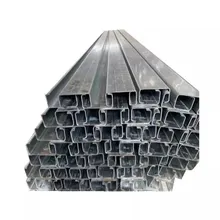



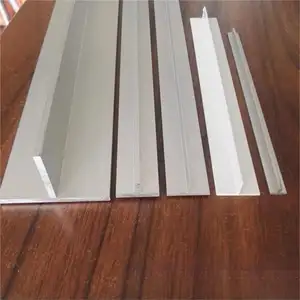

















 浙公网安备 33010002000092号
浙公网安备 33010002000092号 浙B2-20120091-4
浙B2-20120091-4